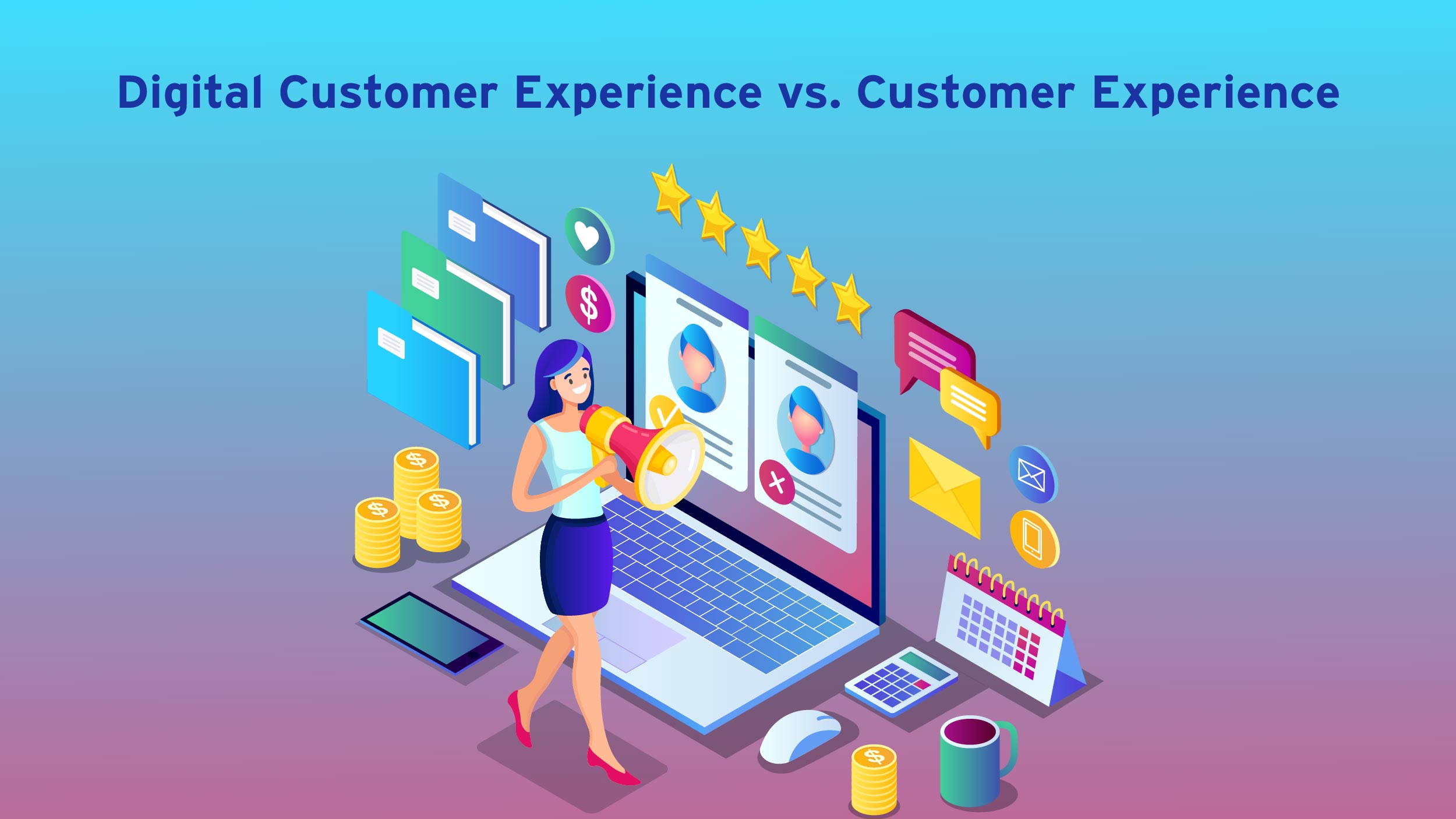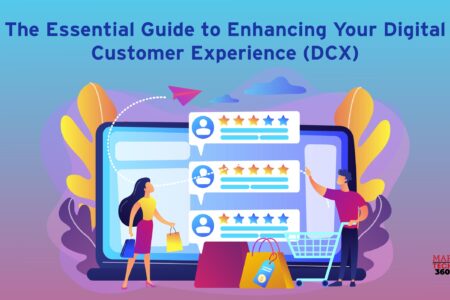To build the best digital customer experience (DCX) strategy, having a strong online presence is crucial for any business. A whopping 80% of consumers consider their experience on a website or app to be “very important”.
However, in today’s world, just having a website isn’t enough. You need to create a DCX that’s not only attractive but also easy to use and enjoyable for your audience. If you’re unsure where to begin, think of this as your roadmap to understanding digital customer experience — what it entails, why it’s significant, the latest trends, and how you can implement it in your business.
What is Digital Customer Experience?
The term digital customer experience (DCX) refers to the sum total of all the online interactions a customer has with your brand. It may begin from your company website but could include mobile apps, social media platforms, chatbots, and any other channels on which the touchpoint is virtual. In addition to this, what matters here is the perception customers take away. Is it cumbersome and frustrating to ask for help or place an order, or is the process frictionless, memorable, and delightful?
Do not overlook the importance of operational aspects of the experience: Right from the shopping cart to the ‘Contact Us’ form, every interaction shapes a customer’s overall feeling about your brand. What story do you want these moments to tell? What story do you want those who experience them to share?
Digital Customer Experience vs. Customer Experience

Here’s the kicker though: customers don’t typically divide their journey into the stages that marketers do. Whether they’re in a physical store or browsing online, people want the same great experience throughout. They don’t see a difference or distinction among the different stages. To them, it’s all part of their interaction with your brand.
So, it’s essential to blend the human touch with technical prowess when managing digital campaigns. After all, it’s all about creating a seamless experience for your customers, whether they’re clicking through a website or strolling through your store.
Why Does Digital Customer Experience Matter Now?
Imagine this: Would you be willing to pay extra for a remarkable digital customer experience provided by a brand you love? Well, in the near future, your customers certainly will. It’s not just about prices or products anymore; the experiences that ignite powerful emotions will shape how people make buying decisions and how loyal they are to a brand. Let’s look at some emerging trends:
- For 80% of customers, a company’s experience is just as crucial as its products and services.
- When customers feel an emotional connection with a brand, they’re worth 306% more over their lifetime and are more likely to recommend it to others (71% versus 45%).
- When the issue is related to service rather than product or price, customers are four times more likely to consider a competitor.
The bottom line is crystal clear: Your brand needs to become a leader in delivering exceptional experiences, or else potential customers and existing ones might start seeking alternatives.
As the world becomes increasingly digital, most customer experiences will be happening through online channels. It’s a bit trickier to gauge feelings and understand reactions in this digital realm. Whether you’re on the frontlines, directly interacting with customers, or working behind the scenes with the technology that makes it all possible, the key is to figure out what works, fix what’s not working, and craft a digital customer experience with clarity and purpose. This should be a top priority for marketing teams worldwide.
Also Read: Everything You Need to Know About Data Driven Marketing [+ Free Strategies]
How to Enhance Digital Customer Experiences?
Gather Insights on DCX
- Use tools like social media monitoring, CRM, live chat, and customer analytics to gather data on digital interactions.
- Employ customer experience survey software to directly collect feedback and quantitative data.
- Use different surveys like Customer Satisfaction (CSAT), visual rating surveys, Customer Effort Score (CES), and Net Promoter Score (NPS) to gauge customer experiences.
- These surveys provide ratings and context-rich written feedback from customers.
Uncover DCX Insights
- Read and categorize feedback based on keywords, sentiment (positive and negative), and customer experience scores.
- Identify trends based on keyword categories, sentiment, and customer experience scores.
- Compare feedback and scores with other customer data you’ve collected for a comprehensive understanding.
Take Action to Improve DCX
- Address time-sensitive issues by reading feedback in real-time.
- Categorize feedback and sentiment in order to prioritize improvements.
- Proactively engage with customers based on their feedback, turning passive customers into advocates and learning from unhappy customers.
- Ensure seamless data flow and insights access across your teams for effective proactive engagement and follow-up.
By following these steps, you can continuously enhance your digital customer experiences.
Final Verdict
In this digital age, customers want fast solutions and better experiences from your business, and they want it across various online channels. The good news is, that with the process we’ve shared in this post and the right customer experience tools, you can set up a successful digital customer experience strategy in a jiffy.

